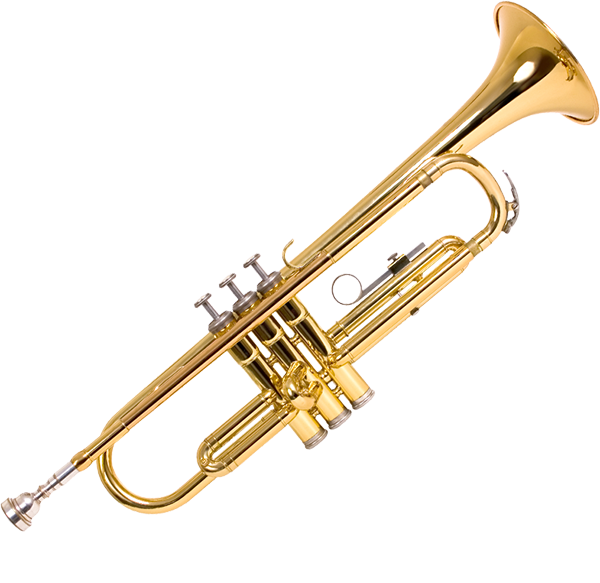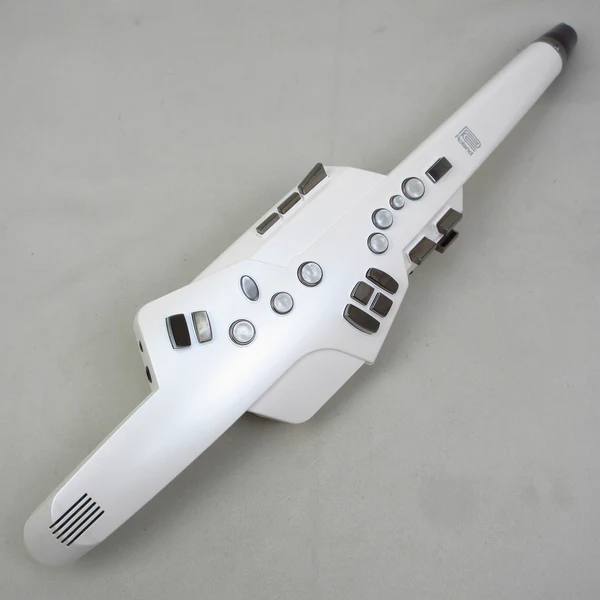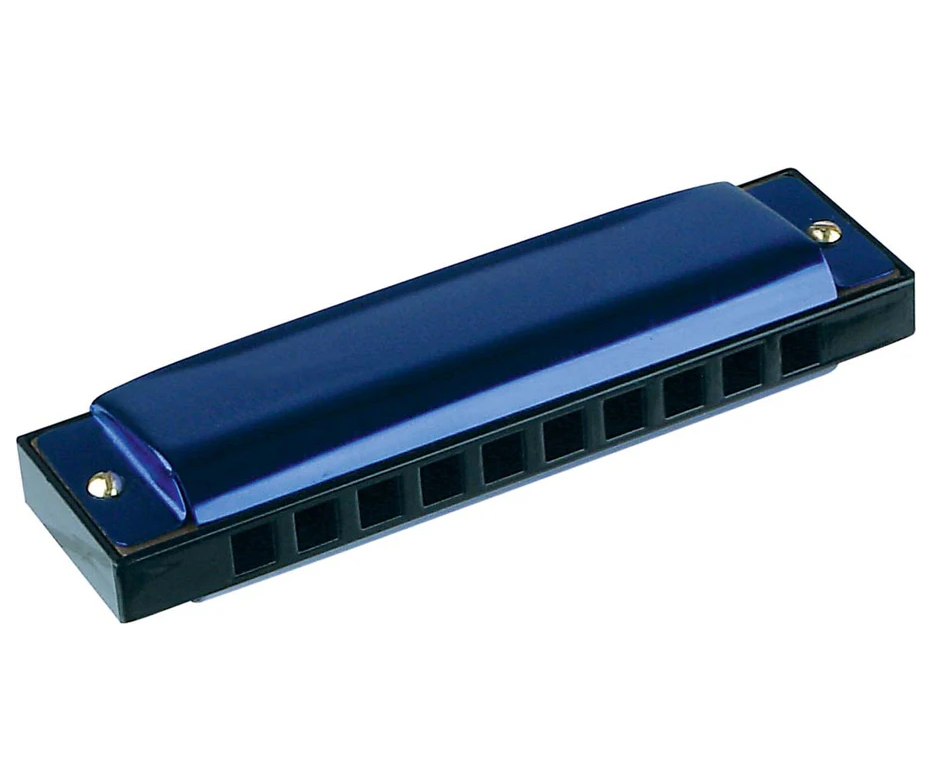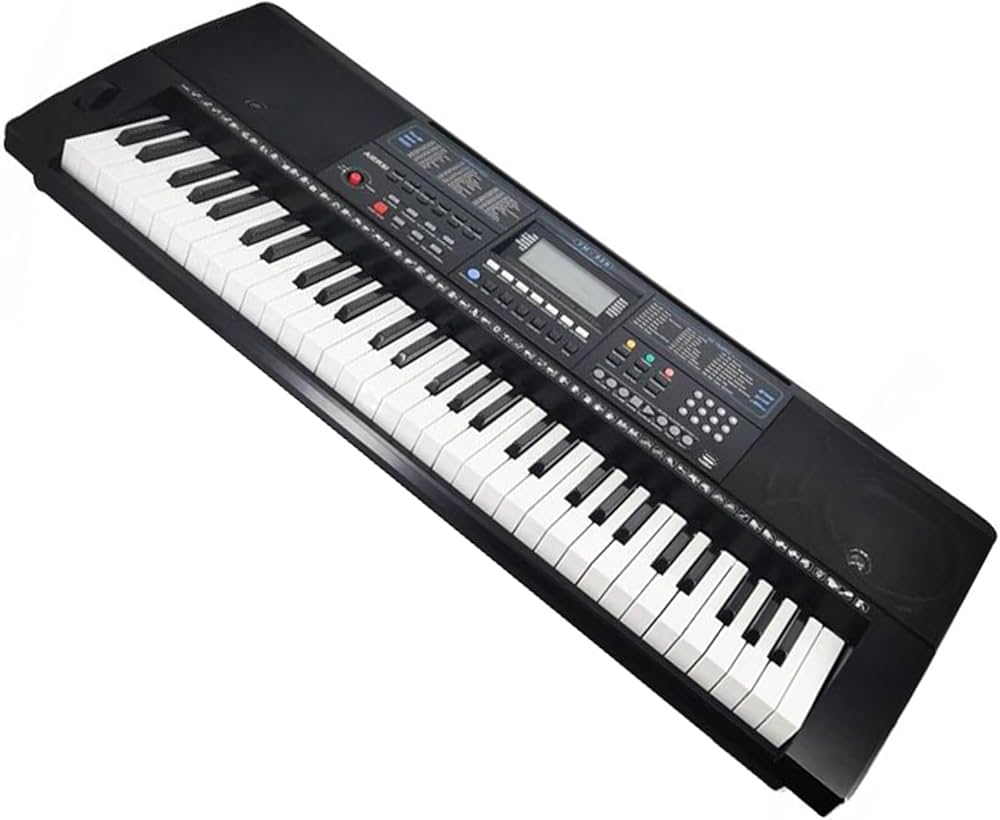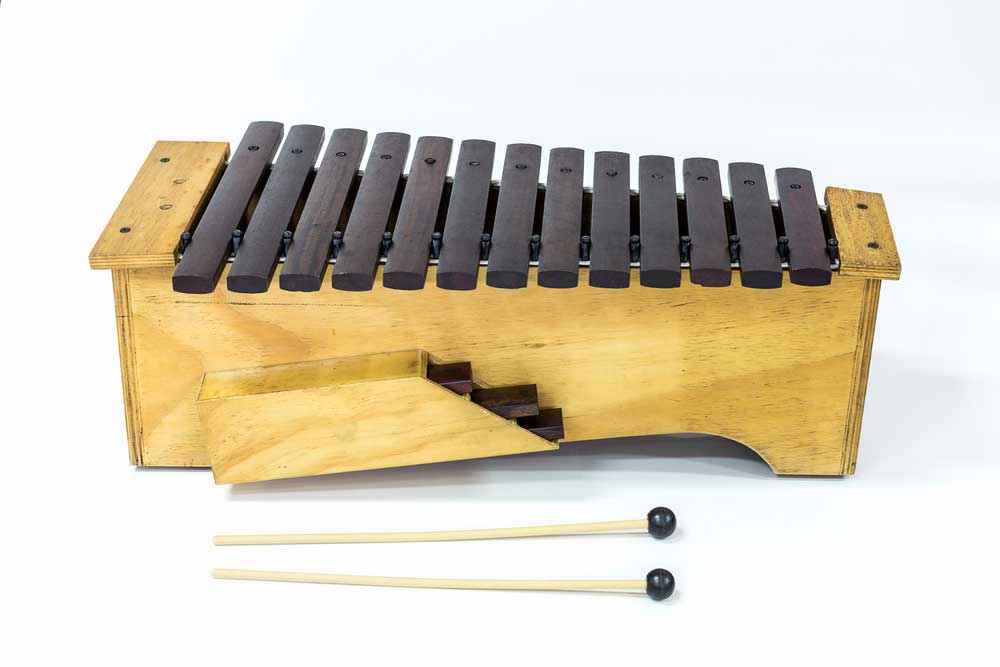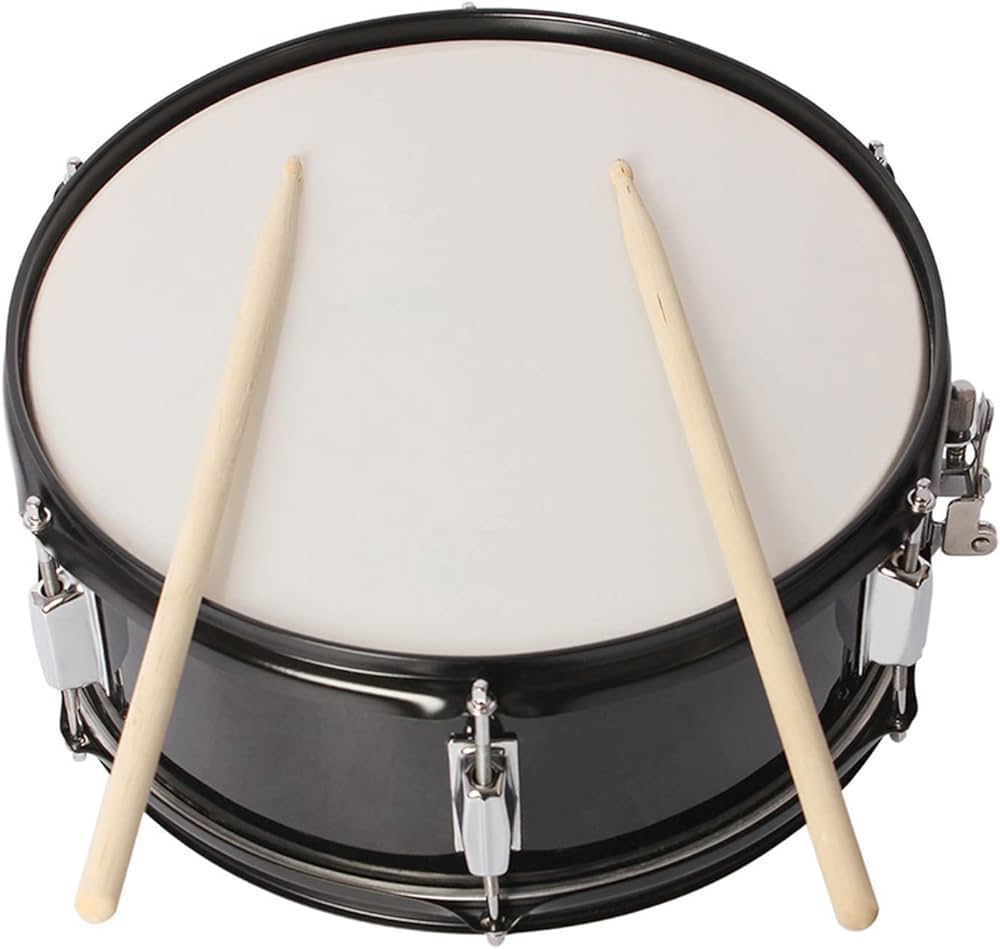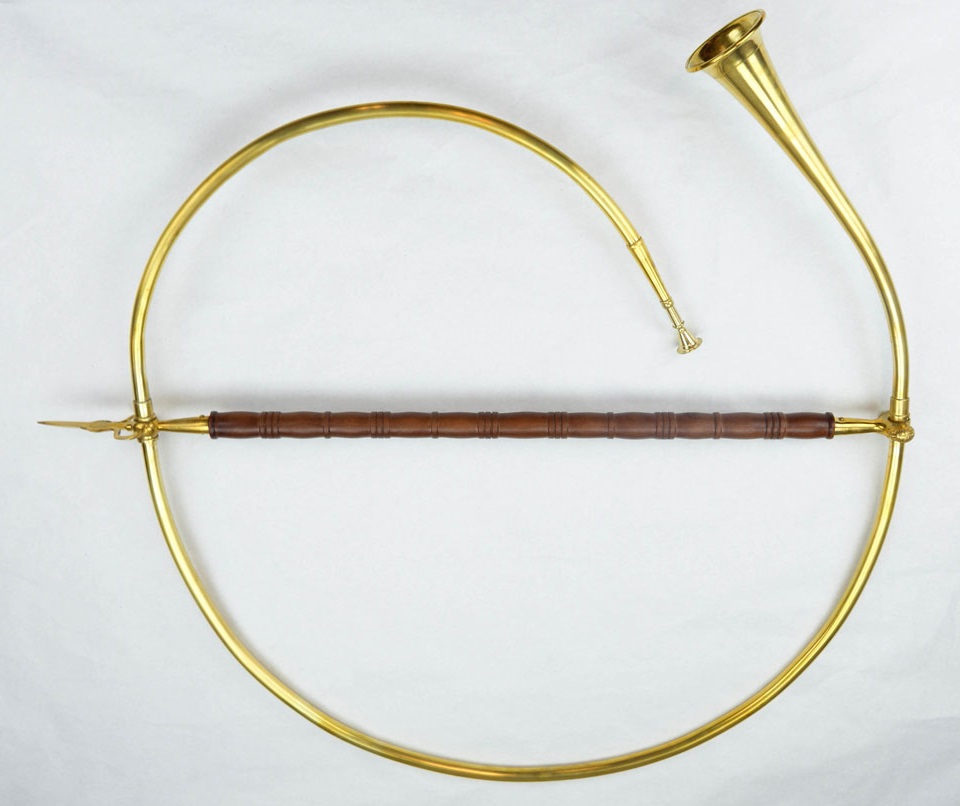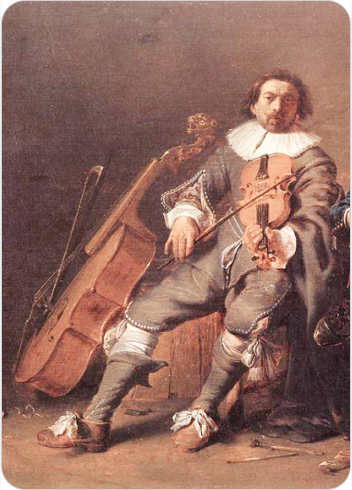Cornu
Brass Winds
Europe
Ancient
Video
The cornu, an ancient Roman brass instrument, is a fascinating relic of history that embodies the ingenuity and artistry of early musical craftsmanship. The name cornu derives from the Latin word for “horn,” reflecting its origins as a natural horn before evolving into a more sophisticated brass instrument. Measuring approximately three meters (around 9.8 feet) in length, the cornu was designed in the shape of a large, curved “G.” This distinctive shape was not merely aesthetic but also functional, as it allowed the instrument to be comfortably carried and played. A crossbar was incorporated into its design to brace the structure and provide support for the player, who would rest it on their shoulder while performing. The cornu’s imposing size and unique design made it a striking visual and auditory presence in ancient Roman society.
Type of Instrument
The cornu belongs to the brass family of musical instruments, characterized by their metallic construction and sound production through lip vibrations against a mouthpiece. Within the broader classification of musical instruments, it falls under the category of aerophones, which produce sound by causing air to vibrate within a hollow structure. Unlike modern brass instruments equipped with valves or slides to alter pitch, the cornu relied solely on the player’s control over airflow and embouchure to produce different notes. Its design shares similarities with other ancient wind instruments like the buccina, though distinguishing between these can be challenging due to overlapping features. As a brass instrument, the cornu exemplifies early advancements in metallurgy and acoustics. Its construction from bronze or other metals allowed for durability and resonance, while its spiral shape enhanced its acoustic properties. This classification underscores its role not only as a musical device but also as an engineering marvel of its time.
History
The history of the cornu is deeply intertwined with the cultural and military practices of ancient Rome, though its origins can be traced back even further to the Etruscans. The Etruscans, who inhabited parts of modern-day Italy before Roman dominance, are credited with inventing the cornu for use in funeral processions and military ceremonies. In Etruscan art, it is often depicted alongside another wind instrument called the lituus, suggesting its prominence in their society. The Romans adopted and adapted the cornu, integrating it into their military system as an essential signaling tool. It played a crucial role in coordinating movements on the battlefield, where clear communication was vital amidst chaos. Military writers like Vegetius documented its use in giving commands such as charging or retreating, highlighting its strategic importance. Beyond warfare, the cornu was also featured in religious rituals dedicated to deities like Dionysus or Cybele, as well as public spectacles such as circus games and theatrical performances.
Archaeological evidence provides further insight into its historical significance. Specimens of cornua have been discovered in sites like Pompeii, preserved under volcanic ash since 79 AD. These findings offer valuable information about their construction and use during antiquity.
Construction and Design
The construction of the cornu reflects both artistic creativity and technical skill. Early versions were made from animal horns, but later iterations utilized bronze or other metals for greater durability and acoustic performance. The instrument’s distinctive spiral shape was achieved by bending metal sheets into curved sections that were then soldered together using advanced metallurgical techniques for the time. The metal sheets used were typically thin—about 0.5 millimeters thick—and overlapped at their edges before being fixed with soldering alloys. Excess material from soldering was carefully removed using sharp tools or stones to ensure a smooth finish. The spiral structure was divided into segments connected by brass rings for added stability. Wooden cores were sometimes employed during construction to shape the curved metal tubes.
At one end of the cornu was a bell made from copper or tin sheets folded into shape to amplify sound projection. A transverse rod or cross-brace was attached to provide structural support and ease of handling during performance. This rod was secured with iron nails inserted through pre-drilled holes. Playing the cornu required significant physical effort due to its size and weight. Musicians known as cornicines would hold it vertically while directing it forward. The tubing encircled their left shoulder, allowing them to stabilize it with their left hand while using their right hand to press the mouthpiece against their lips.
Types of Cornu
Although there are no distinct subtypes of cornua identified in historical records, variations likely existed based on regional practices or specific uses. For example, differences in size or materials might have influenced tonal qualities or portability. Additionally, artistic depictions suggest that some cornua were more elaborately decorated than others, possibly indicating their use in ceremonial contexts rather than military ones. The cornu is often compared to similar instruments like the buccina, another Roman brass instrument used for signaling purposes. While both share common features such as curved shapes and metallic construction, they may have differed in pitch range or specific applications within Roman society.
Characteristics
The defining characteristics of the cornu include its large size, spiral shape, metallic construction, and powerful sound projection. Its design prioritized functionality for long-distance communication while also incorporating elements of aesthetic appeal through polished surfaces and occasional decorative details. Acoustically, the cornu produced deep, resonant tones capable of carrying over great distances—a necessity for battlefield signaling or large public gatherings. Its tonal range depended largely on the player’s skill in controlling airflow and lip tension rather than mechanical aids like valves.
Culturally, the cornu symbolized authority and discipline within Roman society. Its presence in art and architecture underscores its role not just as an instrument but also as an emblem of Roman identity and organization. In conclusion, the cornu stands as a testament to ancient craftsmanship and innovation in both music and engineering. Its enduring legacy is preserved through archaeological discoveries and artistic representations that continue to captivate historians and musicians alike today.
Playing Techniques and Sound Modifications
The cornu was played by a musician known as the cornicen, who held the instrument vertically while pointing it forward. The tubing passed around the player’s left shoulder, and the mouthpiece was pressed against the lips using the right hand. The sound produced depended on the breath control and force exerted by the player. The instrument’s design, including its curved shape resembling the letter “G,” facilitated its use during extended performances, as it could rest on the shoulder for support. Sound modifications were primarily achieved through variations in breath pressure, which altered the pitch and intensity of the tones. The cornu was capable of producing loud and deep sounds, making it suitable for signaling purposes in military contexts. Although its tonal range was limited compared to modern brass instruments, its distinctive resonance carried well over long distances, ensuring clear communication on battlefields or during ceremonies.
Applications in Music
The cornu had diverse applications in ancient Roman society. Its primary role was in military settings, where it served as a signaling instrument to communicate orders such as advancing, retreating, or forming specific formations. This function made it an essential tool for maintaining discipline and coordination within Roman legions. Beyond its military use, the cornu was also prominent in ceremonial contexts, including triumphal processions, religious rituals, funerals, and gladiatorial games. It added a dramatic soundscape to these events, emphasizing their grandeur and solemnity. During the French Revolution, a version of the cornu known as the “tuba curva” was revived and used in musical compositions by François Joseph Gossec and André-Ernest-Modeste Grétry. These works celebrated historical figures such as Voltaire and incorporated the instrument’s unique sound into orchestral arrangements.
Most Influential Players
While specific names of ancient cornicen players are not well-documented due to the passage of time, their role was highly respected within Roman culture. The cornicen held a position of authority within military units, as their ability to convey commands through music directly impacted battlefield outcomes. Artistic depictions on monuments like Trajan’s Column highlight their importance in Roman society. In modern times, François Joseph Gossec stands out as an influential figure who reintroduced the cornu (as tuba curva) into musical compositions during the French Revolution. His work demonstrated how ancient instruments could be adapted for contemporary orchestral settings.
Maintenance and Care
Maintaining a cornu required attention to its metal construction and overall structural integrity. Ancient instruments were typically made from bronze or other metals shaped into spirals with soldered joints. Regular cleaning would have been necessary to preserve the instrument’s functionality and prevent corrosion. Given its size and weight—approximately 3 meters long—careful handling was essential to avoid damage during transport or use. Modern replicas or preserved specimens demand specialized care to ensure their longevity. Museums housing ancient cornua, such as those found in Pompeii, often employ conservation techniques to prevent deterioration caused by environmental factors.
Cultural Significance
The cornu symbolizes power, discipline, and communication in Roman culture. Its presence on battlefields underscored Rome’s military prowess, while its use in ceremonies reflected societal values surrounding order and tradition. In art and literature, depictions of the cornu alongside other instruments like the buccina illustrate its integral role in shaping Roman identity. Moreover, its revival during the French Revolution highlights its enduring legacy as an emblem of historical continuity. By incorporating the cornu into revolutionary music compositions, figures like Gossec bridged ancient traditions with modern ideals.
Today, preserved specimens and artistic representations serve as reminders of this instrument’s profound impact on both music history and cultural heritage.
FAQ
What is the history of the Cornu musical instrument?
The Cornu was a Gallo-Roman brass instrument used in military and ceremonial contexts. It dates back to ancient Rome, around 300 BCE, and was played to signal troops. Shaped like a large, curved 'G', it was carried over the shoulder. Many cornu examples have been found in archaeological sites like Pompeii.
What materials were used in the construction of the Cornu?
The Cornu was primarily made of bronze, though some were crafted from brass. It featured a long, curved tube reinforced with a wooden or leather-covered crossbar for support. The mouthpiece was detachable, allowing variations in tone. Some modern replicas use copper alloys for historical performances.
How was the Cornu used in music and applications?
The Cornu played a vital role in Roman military communication and public entertainment. It was used to convey orders in battle, accompany processions, and enhance dramatic performances in amphitheaters. Its deep, resonant sound carried over long distances, making it ideal for signaling and ceremonial purposes.
 Links
Links
References
Other Instrument
Categories

